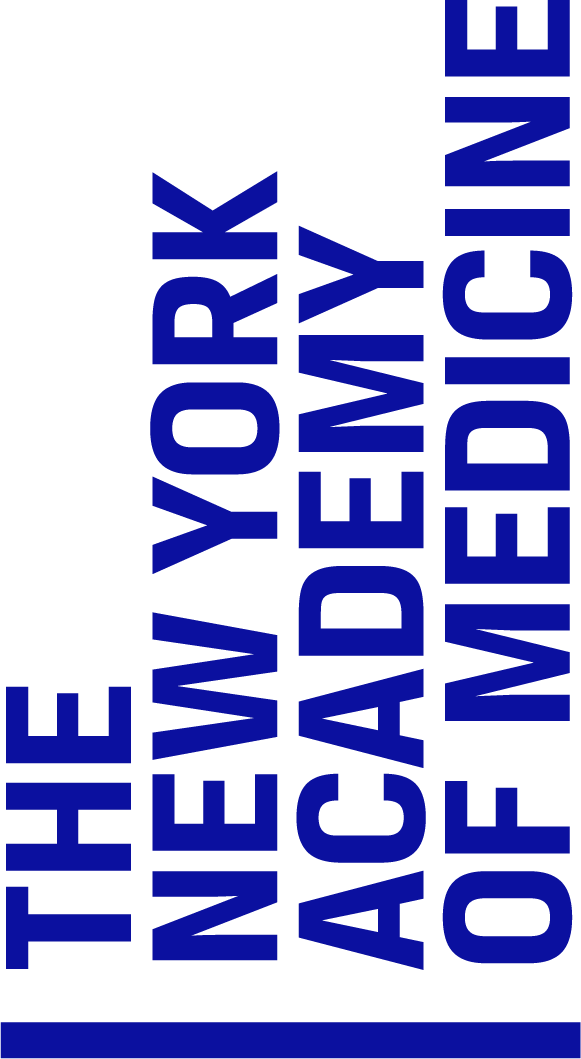While manuscript cookbooks are not quite as revealing as culinary historians might hope, they do contain insights that historical printed cookbooks lack. Many of the recipes appearing in historical printed books were simply copied from other printed cookbooks, a fact that was widely acknowledged and, for the most part, tolerated. However, manuscript recipes are likely to have been cooked from, if not by the recipe writer personally at least by the individual from whom the writer acquired the recipe or by some other individual along the train of recipe transmission. When a household cook made a dish from a recipe collected by her employer, she inevitably discovered many concrete details of the process that were probably elided in the recipe she received—and that would almost certainly have been omitted in any printed recipe for the same dish: the precise motion of the hand in stirring, the most suitable cut of meat, the time that a process took, the signs that something was going wrong, the size and number of molds needed for individual cakes, the clues that a dish was done, and so on. Unfortunately, much of the know-how gained by cooks in cooking likely never made its way back to the privileged women who employed them and who wrote the recipes. Still, some of this practical knowledge clearly did flow back, for some manuscript recipes are extremely specific and concrete regarding process, as printed recipes almost never are, and these recipes not only illuminate the making of specific dishes but also basic kitchen conditions and broad practices in historical cooking.
And of course, when a dish was served, it was evaluated at the dinner table. This sort of information was frequently incorporated in manuscript recipes. We can deduce this from the simple fact that the same three recipes for lemon cream are picked up by most printed cookbooks published in England between 1675 and 1800. In contrast, the manuscript cookbooks compiled in England during this time, including those in the NYAM collection, outline dozens of different recipes, some tart and others sweet, some rich and others lean, to suit the tastes of the food-loving persons who enjoyed them centuries ago.
